Plastic Mulch is Problematic—and Everywhere. Can We Do Better?
Plastic is used abundantly in agriculture, but it’s nearly impossible to dispose of sustainably. Researchers and growers are searching for solutions, and they're using strawberries to do it.
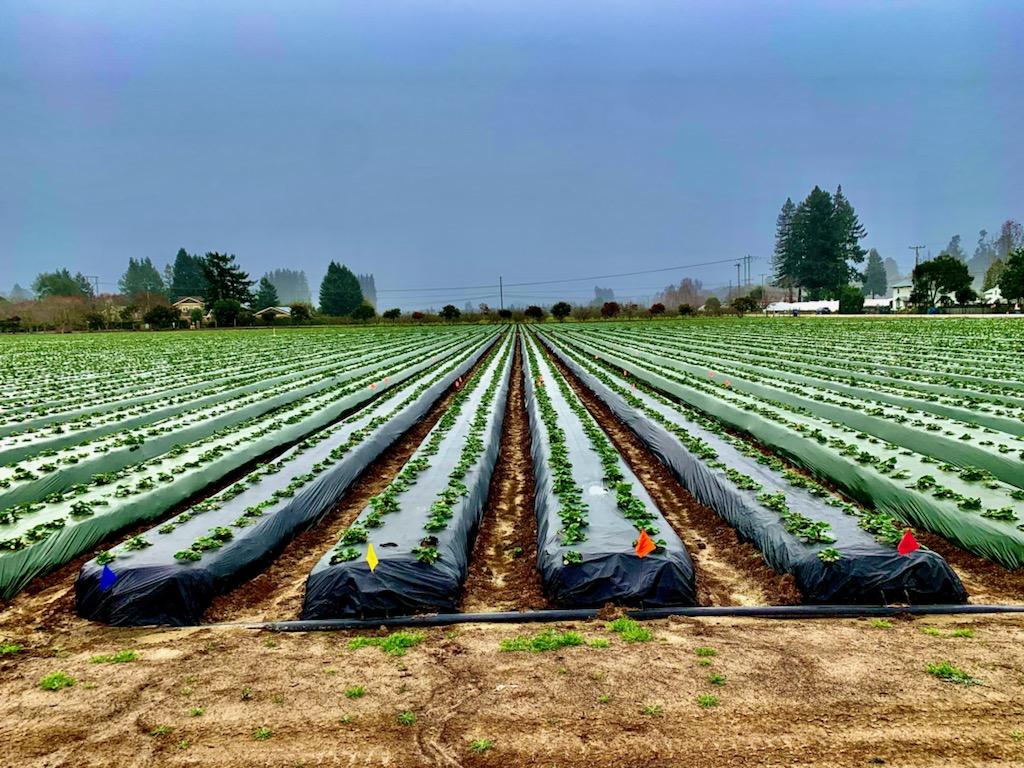
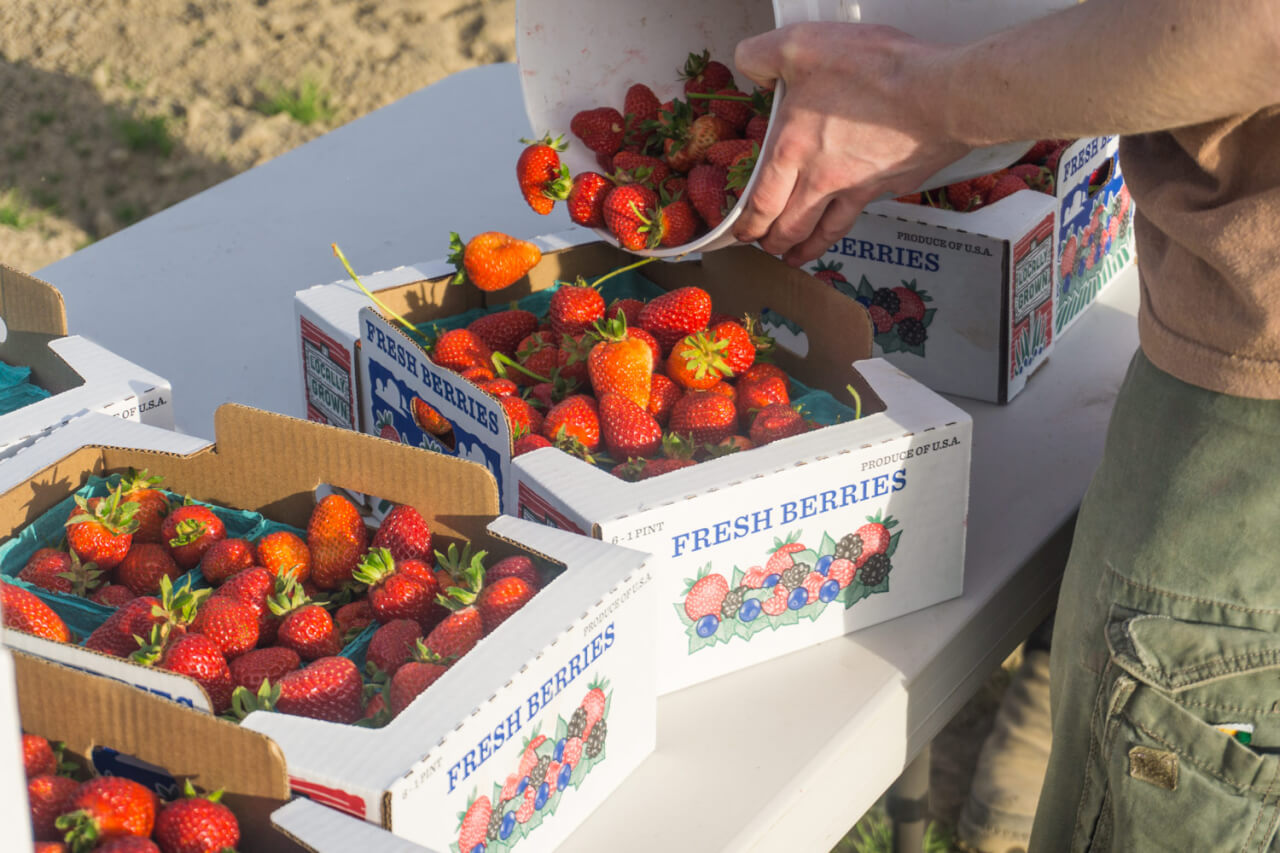
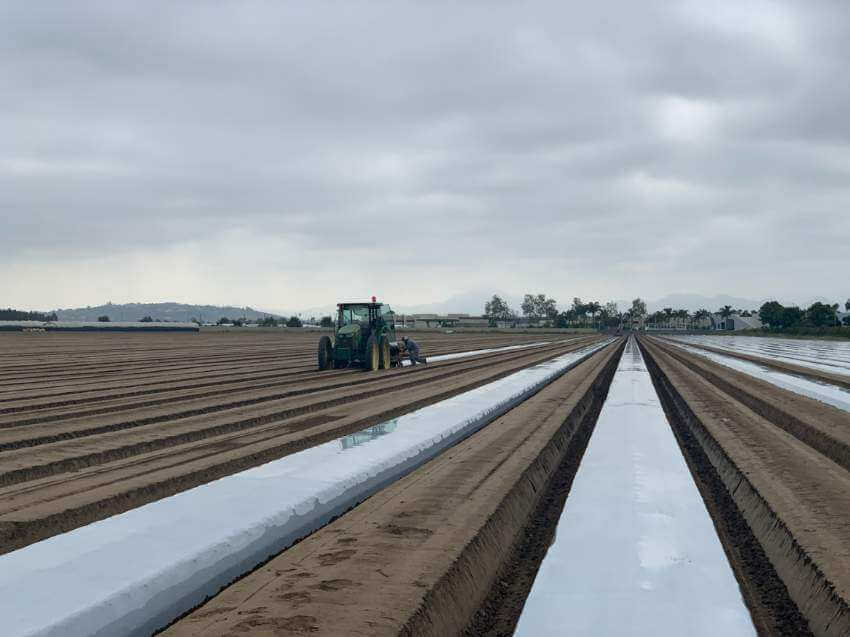
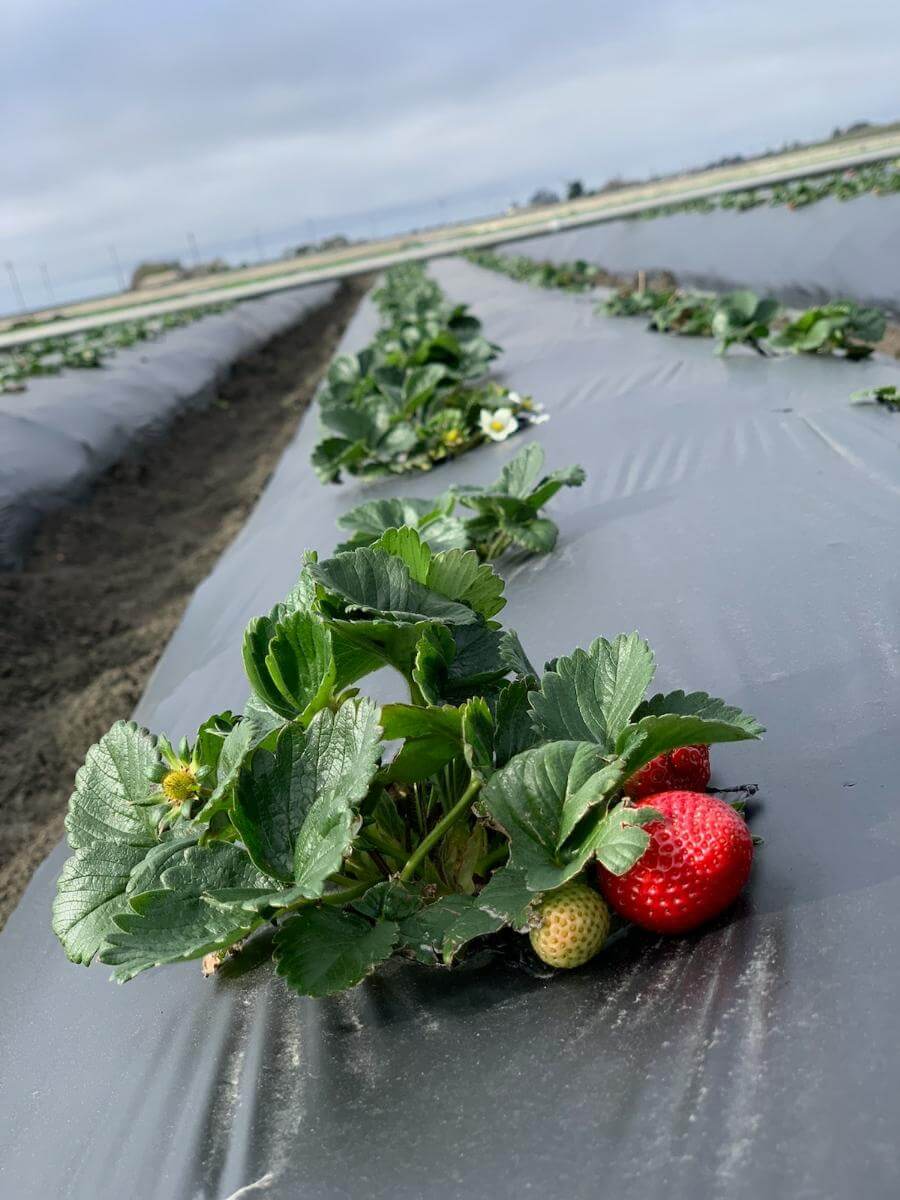
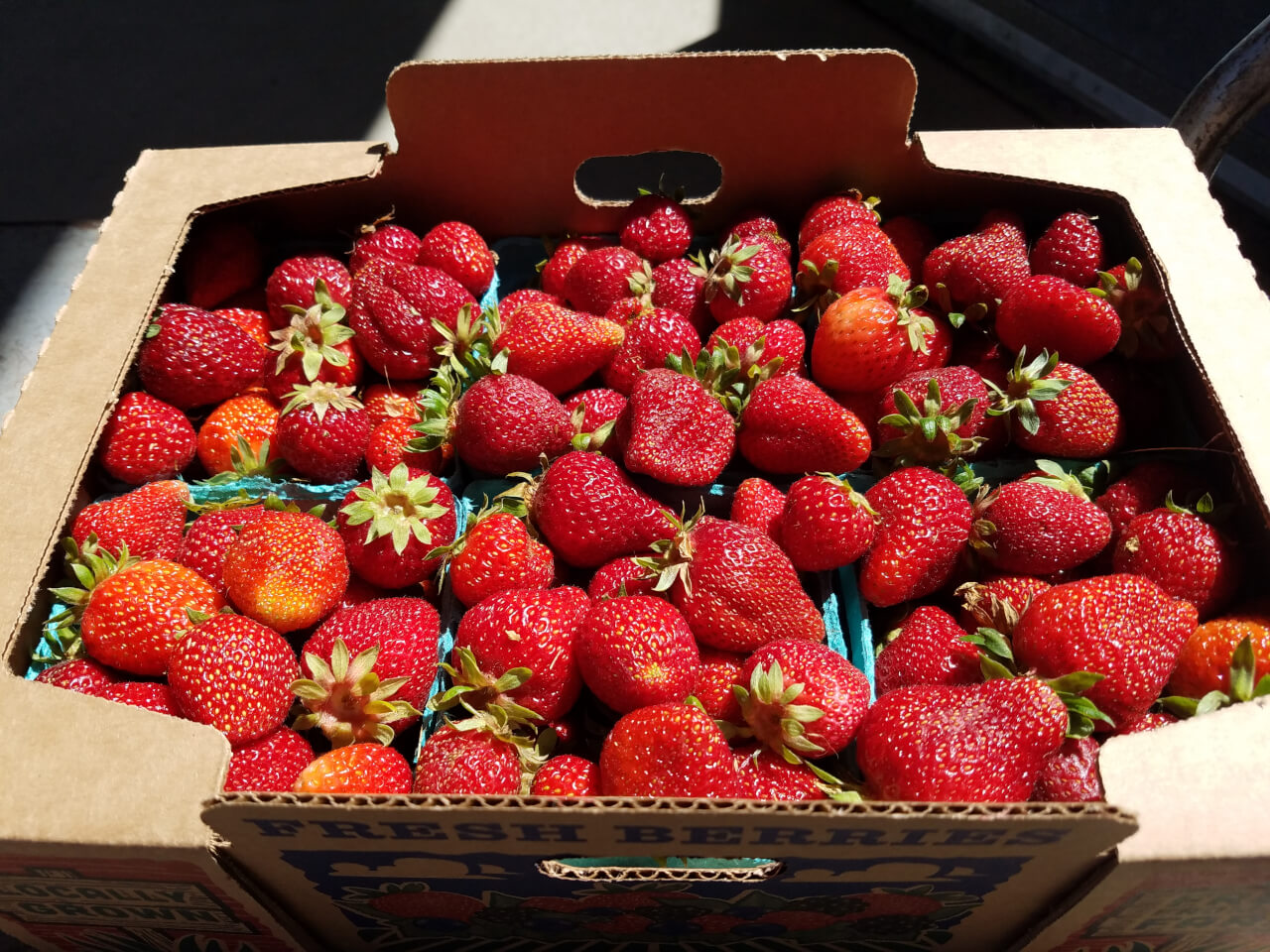

research wool mulch!
Dried brown leaves can be used
But we don’t like simple solution
We like to find complex solutions to solve simple problems satisfy our ego
An alternate to plastic mulch could be the Weed Control Mat. It’s made of Polypropylene tapes and then woven into fabric form. Although this also is made from a type of plastic and also costs 3 to 4 times of regular plastic mulch but there are several benefits of it. 1. It has a life of 4 to 5 years where as plastic mulch lasts max 8 to 10 months. 2. It is water, air and nutrients to pass through it, so the soil can breathe, thus it helps in better soil condition. 3. Definitely it blocks sunlight so this… Read more »
Whatever happened to straw?
Great to see this article. The plastic problem needs much more discussion and study in alternatives. There have to be better options than single use plastic.
Another 100% biodegradable option is sheep wool. Specifically, waste wool from stomach and hind quarters. Lasts longer than straw, naturally fertilizes adding nitrogen (more nitrogen than chicken manure), repels slugs, lasts two years, holds moisture in the soil, regulates soil temperature, and biodegrades into fields. There are so many options to plastic.
We are Kenya Small Scale Farmers Forum KESSFF a registered grassroots village based membership network of Small Scale Farmers SSFs operating in 75% of the Republic of Kenya and part of a similar larger regional network for East Central and South African Countries ESAFF. Born out of the UN World Summit on Sustainable Development WSSD02 in Johannesburg South Africa we bring together SSFs through empowering them with capacities to articulate issues affecting them namely domestic and global policies domestic and international market access and availability of SSFs friendly credit this is in our efforts to participate in the implementation of… Read more »
Maybe using mushrooms or some combination of mushrooms and a “tackifier” would work. This would help in establishing a resource for the new mushroom manufacturing industry, improving soil productivity, and providing a replacement for the plastic row covers. This has been successfully used in forestry and packaging. The mushroom row covers could be creased so they could be stacked when not in use and used 2 or 3 times before being put between rows of strawberries or anything else that grows to finish composting by being weathered and walked on during harvesting whatever you are growing. We are talking about… Read more »
Has anyone tried basalt fabric in this application?
It would cost quite a bit more, but should last indefinitely.
The production of the fiber uses not inconsiderable amount of energy and the fibers themselves might be hazardous in the same way other mineral fibers can be.
Chemically, the fiber is very inert.
Wow, you somehow draw a connection between the use of plastic in farming with the microplastic problem from ocean dumping of plastic everything. Yet you say the vast majority is placed in landfills, burned, or buried. If it goes to a landfill (the vast majority), then it cannot be a part of the microplastic problem you describe. I think bright scientific minds are working on biodegradable alternatives, but those will cost more initially. It will reduce farmer profits and increase the potential for the import of cheaper versions from countries whose farmers don’t give a flip about the problem of… Read more »